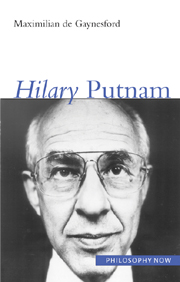6 - Intentionality
from Part II - Character
Summary
If the dull substance of my flesh were thought,
Injurious distance should not stop my way,
For then despite of space I would be brought,
From limits far remote, where thou dost stay.
No matter then although my foot did stand
Upon the farthest earth removed from thee,
For nimble thought can jump both land and sea
As soon as think the place where he would be.
William Shakespeare, Sonnet 44The emotive force of these lines depends upon our recognition and ready acceptance of intentionality, of the relations that are possible between thought and reality. Putnam has given this phenomenon the greatest possible significance: “I see philosophy as a field which has certain central questions, for example, the relation between thought and reality” (Putnam 1975b: xvii). He goes on to “mention some questions about which I have not written, the relation between freedom and responsibility, and the nature of the good life”. This passage was written thirty years ago; since then, Putnam has written on these latter subjects also, showing in each case how answers to such metaphysical and ethical questions depend on answers to intentionality questions. Thus his later work has strengthened rather than diluted the emphasis he placed earlier on the connection between thought and reality, making intentionality issues uniquely central to philosophy.
Analytic philosophy
Putnam never expresses his indebtedness to the context in which he came to philosophy more precisely than when he describes intentional relations as at the very centre of the field of questions defining the subject.
- Type
- Chapter
- Information
- Hilary Putnam , pp. 57 - 74Publisher: Acumen PublishingPrint publication year: 2006



